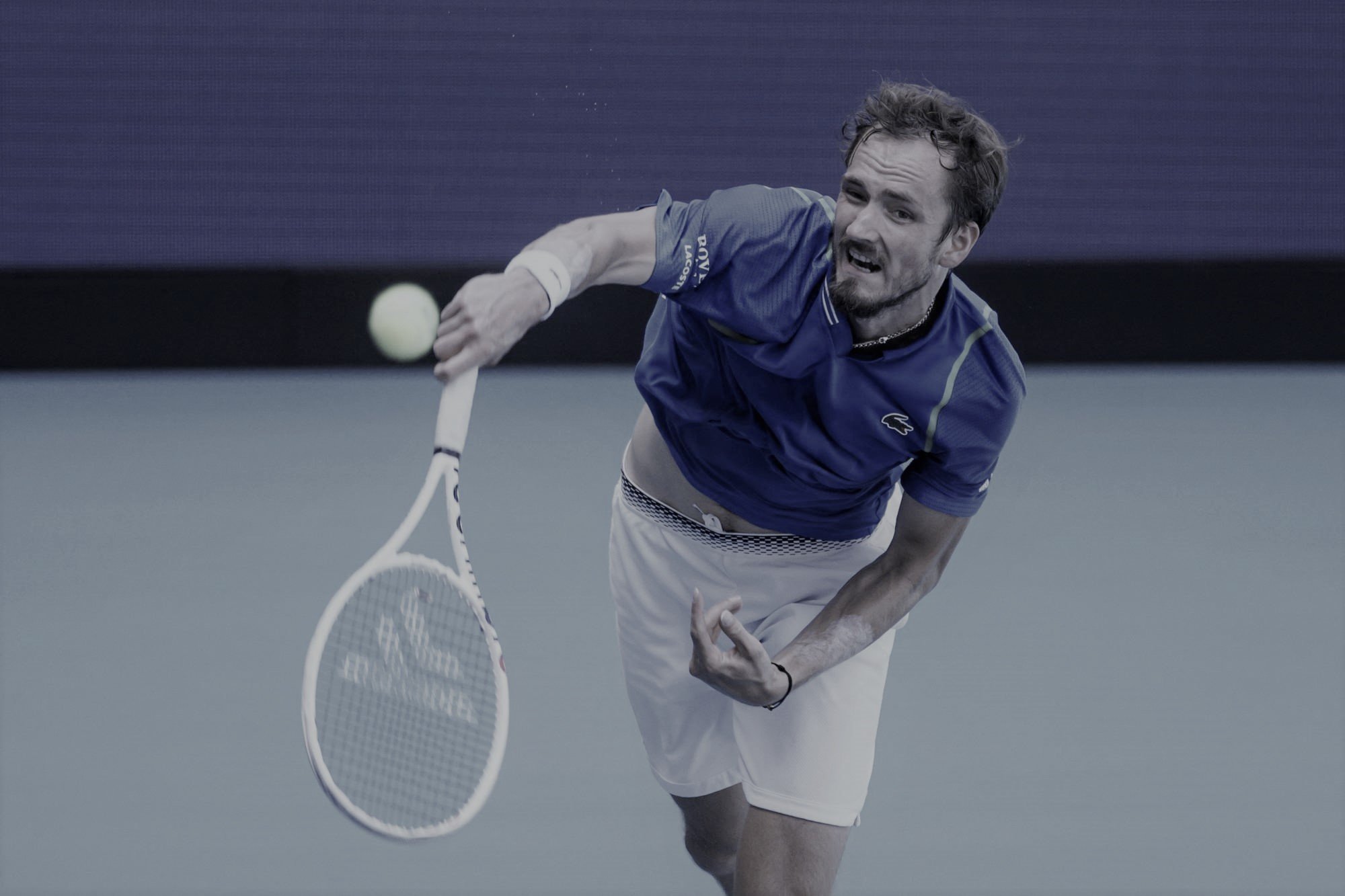Who Wants the Robo-Ump? And Who Doesn’t..
Photo Credit: Bob Levey/Getty Images
The Automated Ball-Strike System (ABS), also referred to as “the robot umpire”, is coming to Major League Baseball within the next few years. ABS will certainly have an impact on catchers, who are currently credited or discredited for Framing Runs based on their ability to pull borderline pitches into the strike zone and hold them for the umpire to believe they were strikes.
But how will ABS impact batters and pitchers? Will superstars no longer get superstar treatment on borderline calls? And who will ABS benefit more - pitchers or hitters?
Running Wild: Have We Reached an Inflection Point in the NFL Offensive Strategy Equilibrium?
The NFL is a passing league: Quarterbacks and Wide Receivers have more protection than ever, Running Backs are having lengthy holdouts stemming from under-payment, and everybody loves to watch high scoring shootouts.
But why did the league’s run percentage just have the largest year-to-year increase since 2017, and the second largest year-to-year increase since 2003? Have we reached an inflection point in the NFL offensive strategy equilibrium?
Photo Credit: AP Photo/Charlie Riedel
Haaland’s Magical Season: How Good Was He Really, and Can He Do It Again?
Photo Credit: Martin Rickett/PA
Erling Haaland and Manchester City are off to another strong start in the 2023-24 season, collecting all 12 points in their first four fixtures with Haaland already netting six goals, putting him on pace for an absurd 57 goals in the season. Haaland’s 36 goals last season set the all-time single-season EPL record, passing both Andy Cole and Alan Shearer’s marks of 34 goals in a 42-game season, and Mohammed Salah’s mark of 32 goals in a 38-game season.
But how good was Haaland really last season? And can he replicate that success?
What is Schmidt’s Optimal Pitch Mix?
Yankees pitcher Clarke Schmidt had a successful rookie season in 2022 as a reliever, posting a 3.12 earned run average (ERA) over 57.2 innings pitched. In 2023, when forced into the starting rotation due to injuries to Carlos Rodon, Luis Severino, and Frankie Montas, Schmidt struggled at first—his ERA at the end of April was 6.84. However, since the start of May, Schmidt has adjusted his pitch frequencies and has seen his ERA drop steadily to 4.54. After ace Gerrit Cole, Schmidt has been the most consistent starting pitcher for the Yankees in the second half of the season.
Watching Schmidt this season has me wondering how he can further realize his potential. What is the game theory optimal pitch distribution that he should use?
Photo Credit: AP Photo/Paul Sancya
The Tennis Trade-Off: Should I Go For the Ace or Get the First Serve In?
With the 2023 US Open in full swing, it’s an appropriate time for me to serve up a tennis analysis. Watching #3 ranked Medvedev versus unseeded O’Connell in the 2nd round, my fiancé Christina and I started discussing the importance of the first serve. Medvedev had a curious serving strategy, going for a lot of aces on both his first and second serve. He ended up with 12 aces, 10 double faults, a 54% first serve percentage (first serve in), 81% of first serve points won, and 54% of second serve points won.
The performance sparked my interest: What is the optimal strategy for a men’s tennis player – should he go for the ace or should he get the first serve in?
Photo Credit: USA TODAY
Volpe’s Hitting Under the Microscope
There is no doubt that Yankees’ top prospect Anthony Volpe is having an exciting rookie season. On August 31st, he became the 15th rookie and first Yankees rookie to have 20 homeruns and 20 steals in a season - and the first Yankees shortstop to do so since Derek Jeter in 2004.
However, watching Volpe this season made me aware that his performance is more dependent on the count he is in compared the average hitter. Let’s dig into the numbers and see how he can improve this.
Photo Credit: Brad Penner/USA TODAY
What Went Wrong With Harrison Bader?
After the Yankees’ 3-1 win over the Mariners on June 20th, Harrison Bader’s OPS was at a more than respectable .801, through 98 PAs and 407 pitches seen. However, as of Aug 28th, Bader’s OPS is down to .649. There’s no doubt that the former NL Gold Glove award winner has had a difficult stretch over the past 204 PAs and 718 pitches seen. In fact, Bader’s pitches per plate appearance dropped from 4.15 in the first stretch to 3.52 in the latter stretch. On August 29th, the Yankees placed Bader on waivers.
So what happened to Bader this season? And how can he turn his performance around? To answer this, let’s take a deep look into the numbers.
Photo Credit: Nick Turchiaro/USA TODAY Sports






